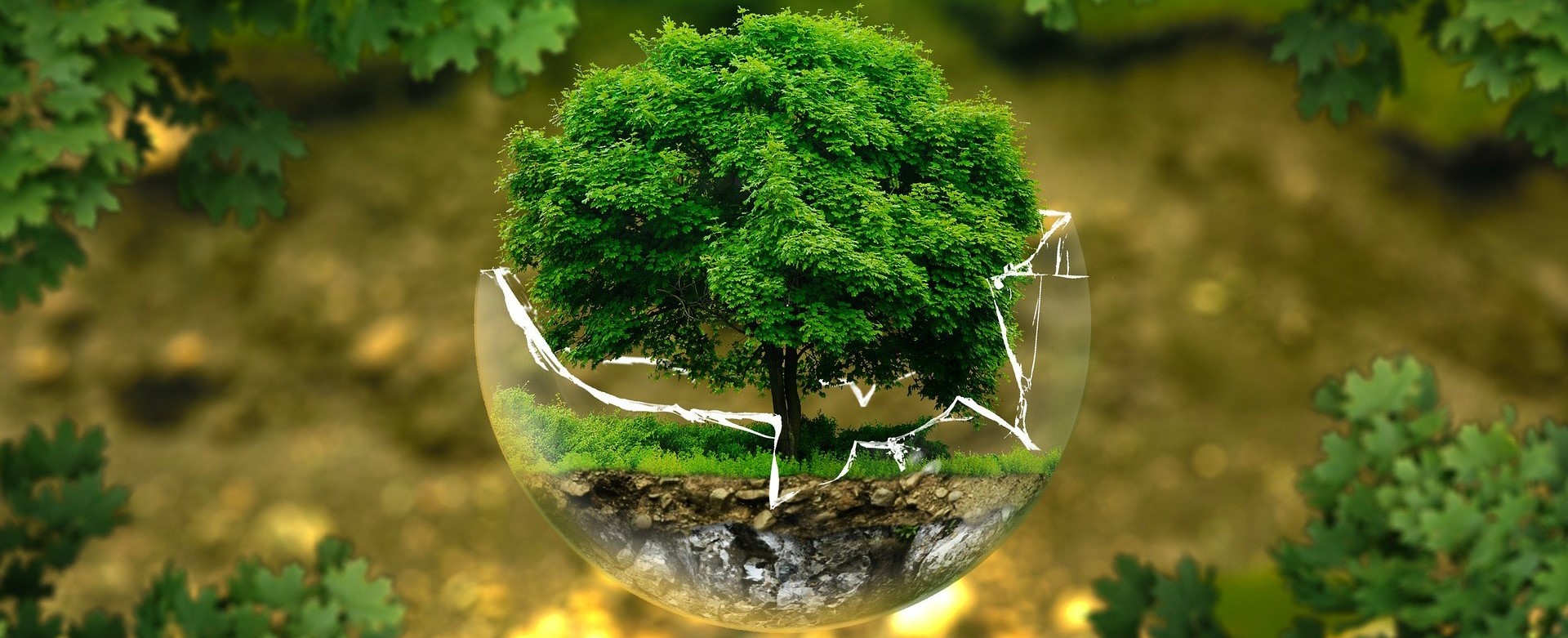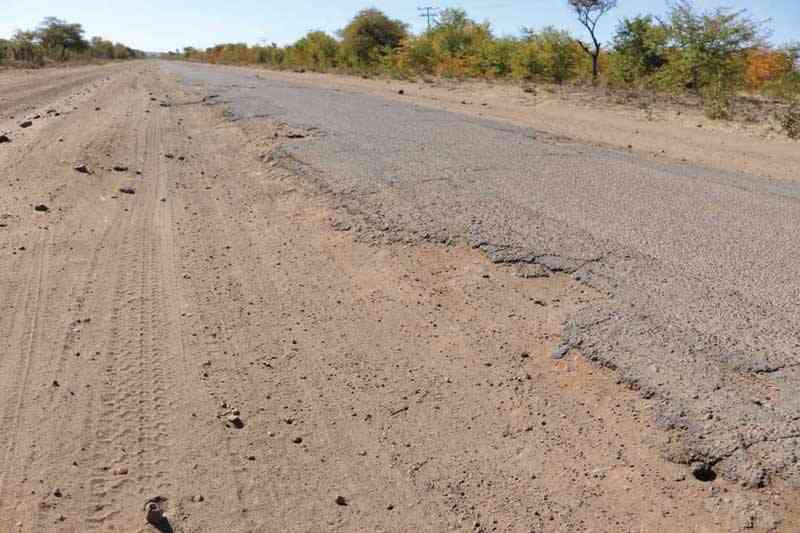
By Peter Makwanya
STORYTELLING, especially related to natural environmental issues has proved to be fundamental in making people feel emotionally attached and deeply connected to their environment. Storytelling is quite a comprehensive and powerful tool, it is known to be a preserve of the elders to educate children, nurture their listening skills and a form of recreation and pastime. It is a centuries old communication tool for engaging not only children but elders too.
Sustainability stories are nature-driven, human-centred and ecologically significant. They are designed to impact positively on human values, attitudes, environmental values. They help people reconnect with their natural, physical and social world. These are stories that mirror nature and help to connect individuals with their past, transitioning them to the present and future. They are integrated story narratives and pathways that harness powerful multimedia approaches that are holistic in nature and actively involve all the human sensory properties, through singing, dancing, clapping, touching, among others.
The overall aim of sustainability stories is to help sustain the natural environment by being inclusive and premised on the philosophy of humanism (ubuntu), characterised by closeness, sharing and caring. The artistic talent visible and exhibited in storytelling should also be translated into the act of creativity in sustaining and managing the environment.
The instrumental nature of sustainability stories is that they are part of a broad network of lifelong learning, to be carried over, repeated and revisited but still remain fresh and captivating without losing value while catering for all age groups.
The significance of these storylines is that they are not told in isolation but they fuse in characters and representations of different behaviours as in errant, caring, witty, calm, hardworking or laziness, among others. There are also troublemakers, destructive and exemplary characters, with the idea of not only being narrative but also bringing a point home about how the environment should be managed and cared for. Those characters treated as bad apples were rejected by society, hence they were not good role models. In this regard, listeners would be totally and actively absorbed in the whole story while taking sides, introspecting, correcting themselves to become good characters in life and good stewards of the environment.
While some of these stories are as old as the world and time itself, they have refused to die. But because of the passage of time and the emergence of technology and digital media, these stories need to be rebranded and integrated into the current nomenclature. With the advent of technological advancement and non-availability of elders who tell the story due to a hectic and busy world integration of traditional storytelling with multimedia tools designed to fit into the complex current world of the fast lane becomes the only choice.
Participatory digital storytelling, as development practitioners would like to put it, is a communication tool and strategy that is sufficiently engaging and actively involving.
- Chamisa under fire over US$120K donation
- Mavhunga puts DeMbare into Chibuku quarterfinals
- Pension funds bet on Cabora Bassa oilfields
- Councils defy govt fire tender directive
Keep Reading
While traditional storytellers can continue to be engaged as resource persons in providing powerful storylines, children as important stakeholders and beneficiaries can be trained to use video cameras or even their mobile phones to shoot and record resource persons narrating stories. Children can also shoot images of physical features, degraded landscapes and green spaces in order to tell visual digital stories. These are stories that can be retrieved and replayed rather than only invest in human storytellers who may one day die together with their story.
The digital stories can then be used for climate change education, awareness and community adaptation engagements. It is significant in every respect that children will become part of the story and active participants when their stories are shot and told. They become part of the narrative as stories are told from their own points of view and how they visualise the world. This becomes paramount and transformative in the sense that, in an environment that does not allow the children to speak in the presence of elders, they now have the chance to showcase their stories and be heard too.
While traditional storytelling is fundamental, sometimes it is weighed down by the baggage of cultural affiliations, patriarchal tendencies and power relations. Society is used to seeing children under lock and key, not laughing or talking in the presence of elders, no fidgeting and or standing up in the presence of adults, but strictly behaving and complying.
This normally renders children passive, kill their creativity and innovations. In this regard, digital photo storytelling is for both boys and girls, very much inclusive, interactive and integrative too. Furthermore, pictures will be matched with sound and colour in order to stimulate and excite human senses.
The whole story process becomes a visual one, with ingredients of learning and situating children at the heart of sustainable development. A digital story becomes integrative and sustainable, providing an enabling environment for children to interact as peers and ask questions about their own stories and situations. These storylines will enable children to make sustainable choices, enriching and amplifying their voices too.
For these reasons, one who has a voice becomes authoritative and is listened to also has the power to initiate, decide and tell a story, telling stories from diverse points of views and narratives, benefiting a wide range of audiences.
Not all climate change storylines present gloom as some also induce fun and laughter, meaning that people can also have a lighter side of climate change. Above all, digital storytelling would become sustainable and fits well in a comprehensive network of multimedia communication tools and networks. Children would also be introduced into climate change advocacy and activism as a community of practice.
- Peter Makwanya is a climate change communicator. He writes in his personal capacity and can be contacted on: [email protected]











